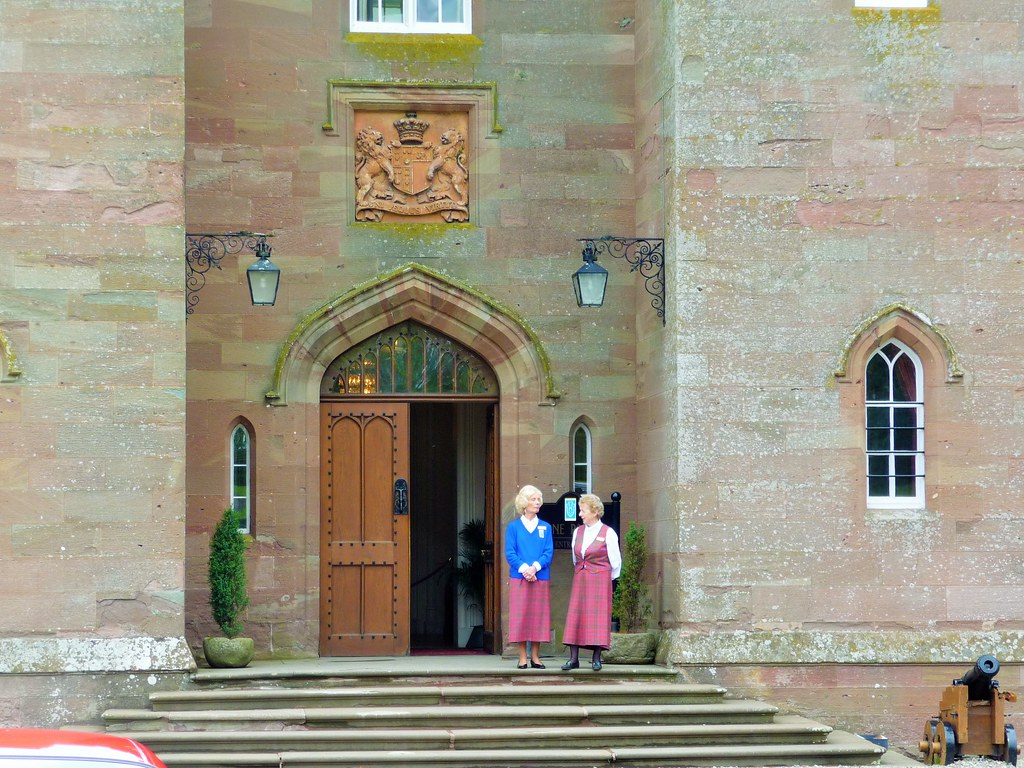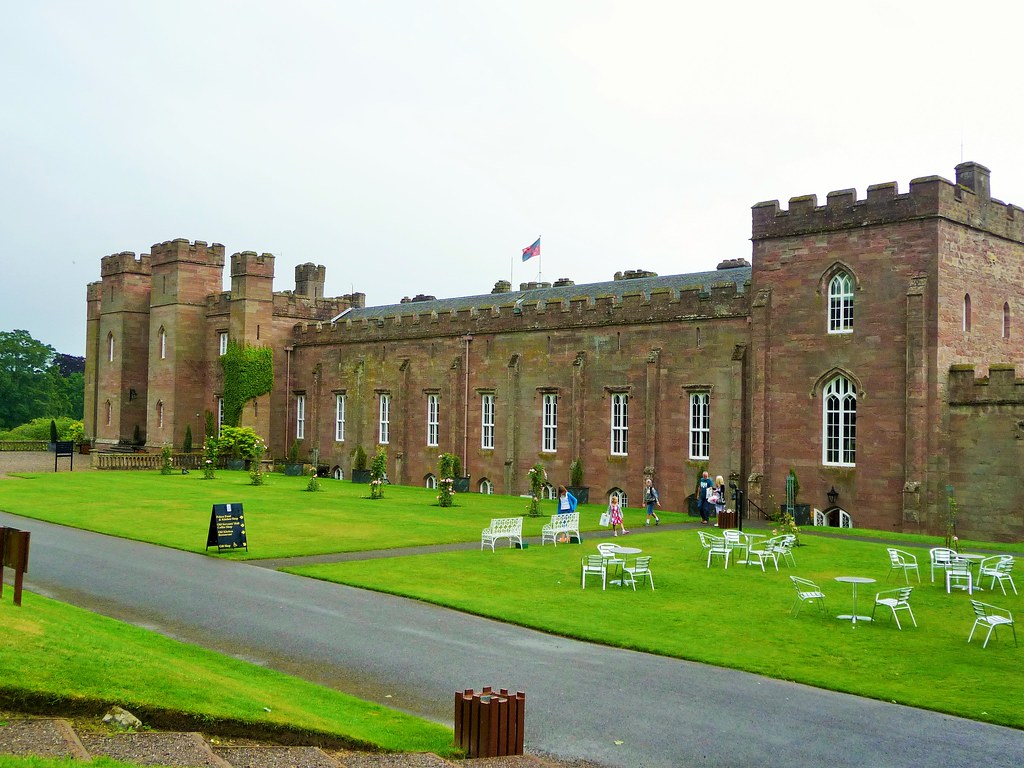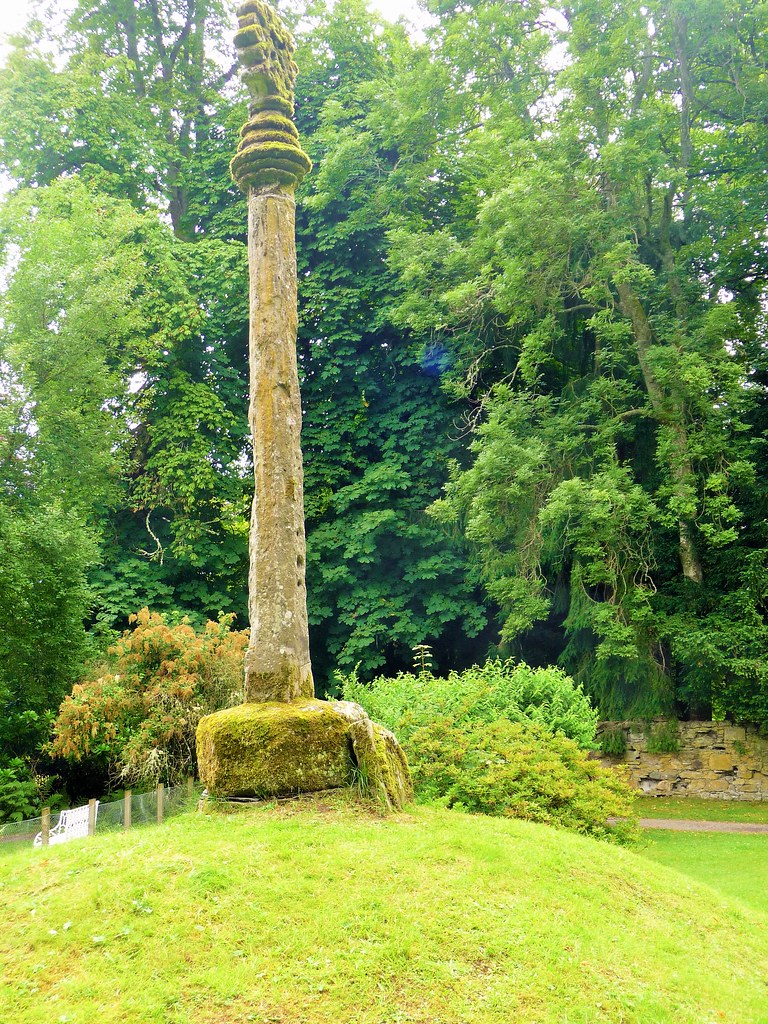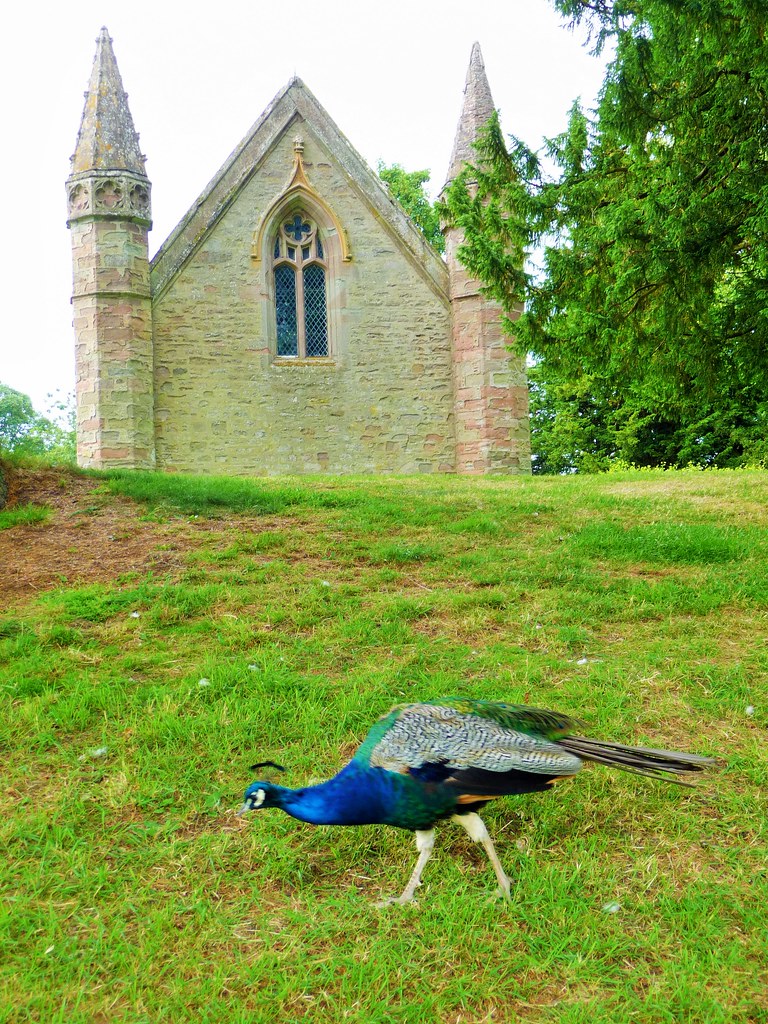Scone Palace, historic coronation site of Scotland's monarchs.
This evening, I am posting information on Scone Palace, a 19th
century mansion built on a site indelibly linked with concept of a
Scottish state since the 9th century.
Scone Palace is currently the home of the 8th Earl of Mansfield, William David Murray. It dates from 1803 and is built in the Gothic style.
Summary facts and information concerning Scone Palace-
Scone Palace is currently the home of the 8th Earl of Mansfield, William David Murray. It dates from 1803 and is built in the Gothic style.
Summary facts and information concerning Scone Palace-
- Scone is pronunced ‘Skoon’. The name may be derived from the Gaelic word sgonn which means lump of wood.
- Located near Perth, about 45 miles north of Edinburgh, Scotland’s capital city.
- A major visitor attraction set in 200 acres of grounds.
- In front of the Palace is Moot Hill, the crowning place of Scottish kings from 9th century through to Charles II in 1651.
- Historically, coronations were performed with the person to be crowned sitting on a sandstone block known as the ‘Stone of Scone’. What is believed to be the original Stone is held in Edinburgh Castle. A replica stone is held on site, as shown in image no 4 below.
- To facilitate construction of the Palace, a pre-existing village was re-located two miles away. Vestiges of the original village remain and include the Mercat Cross ( image no 3 below) and an archway.
- The Palace interior contains a rich collection of paintings and antiques.
- Outside, in addition to the parkland, are well maintained gardens, a maze and Pinetum associated with plant collector David Douglas (1799-1834). Douglas started his working life at Scone and went on to establish a reputation as a plant collector in North America, giving his name to the Douglas Fir.








Comments
Post a Comment